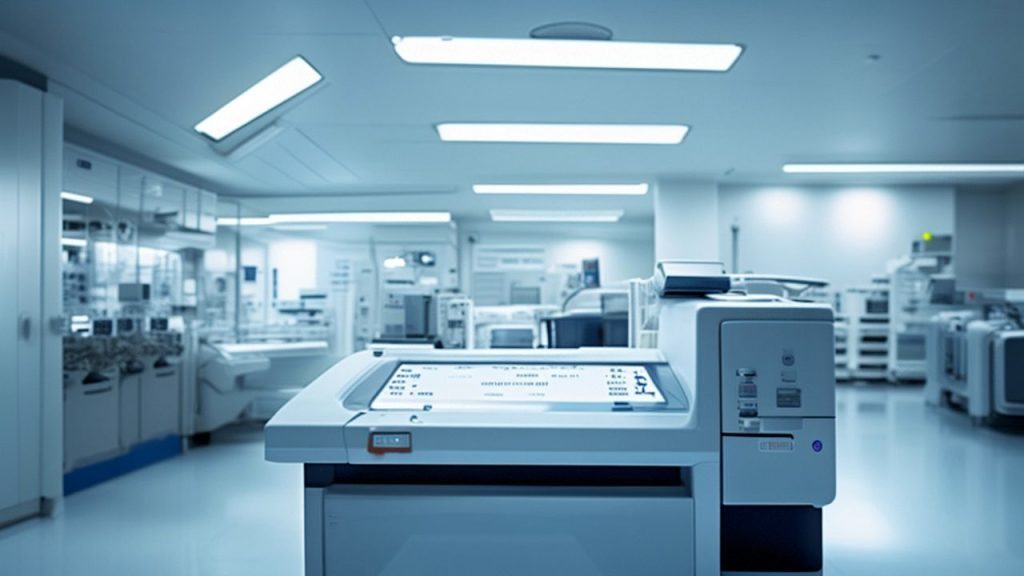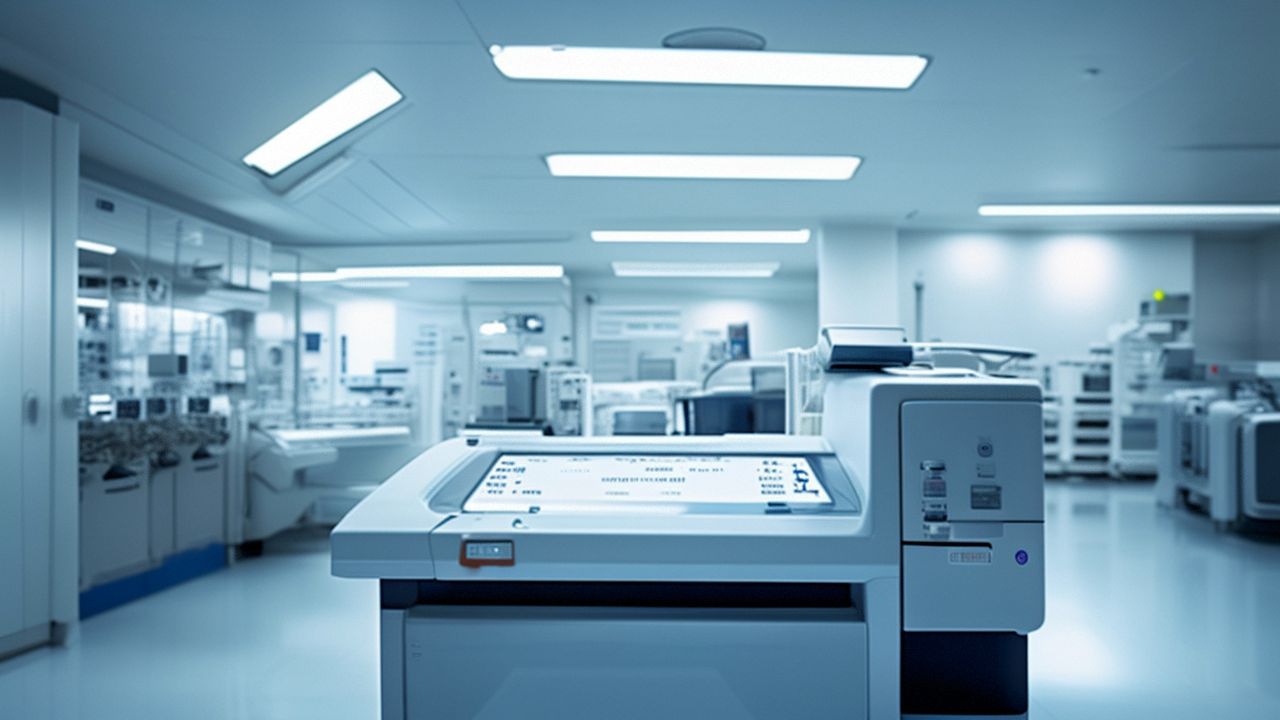Implementation and common complications of cerebral angiography in stroke patients
Cerebral angiography in stroke patients
The contrast agent is pushed from the arterial blood vessel, and then the X-ray film is taken to analyze the condition of the cerebral blood vessel according to the development of the contrast agent in the cerebral blood vessel. This diagnostic method is cerebral angiography. Cerebral angiography includes internal carotid angiography, vertebrobasilar angiography, whole brain angiography, etc. Currently, the most commonly used is internal carotid angiography. Cerebral arteriography has definite diagnostic significance for vascular malformation, cerebral infarction, cerebral hemorrhage and cerebral aneurysm in stroke. In addition to cerebrovascular disease itself, it has a positive diagnostic effect on intracranial space occupying lesions such as intracranial tumor, traumatic intracranial hematoma and unexplained high intracranial pressure.

How to perform cerebral angiography on stroke patients?
In order to facilitate readers’ understanding, only the method of internal carotid artery angiography is discussed.
- 1.preoperative preparation. First of all, explain to the patient and his family members, explain the condition and propose the significance of this examination, and obtain the consent and signature of the family members. Commonly used contrast agents include iodopyramine, meglumine diatrizoate, sodium diatrizoate, etc. Fasting before operation, taking sedatives, and preparing necessary emergency medication.
- 2.The patient lies supine with his head stretched out on the examination table, and the doctor feels the location of the common carotid artery with his hand (the common carotid artery is the two sides of the neck laryngeal nodule, which feels pulsatile when pressed with his hand).
- 3.The puncture point is selected at 4-5 cm above the sternum and clavicular joint, the inner edge of the sternocleidomastoid muscle, and the place where the common carotid artery pulsation is obvious. The local part is routinely disinfected and covered with isolation towel.
- 4.local anesthesia should pay attention to both sides of the carotid artery. Use your left hand to find out the carotid artery and press it. Hold the needle in your right hand and stab it fiercely at an angle of 45 degrees to the skin. Then pull out the needle core and gradually return to the needle. When fresh blood is ejected, insert the needle core and extend it into the artery for fixation.
- 5.fill the syringe with 10ml of 60% meglumine diatrizoate, arrange the projection site of the patient, and the assistant should fix the patient’s head.
- 6.notify the photographer to start the injection. When the last 3 ml of the drug is left, issue the password of “take photos”, quickly push it in, and at the same time, expose and take photos. Take the right and side positions, and look at the wet film after washing. When satisfied, pull out the puncture needle and locally press to stop bleeding.
Carbon allergy, the most common complication of cerebral angiography, can be treated with antiallergic therapy. The most commonly used drugs are antihistamine drugs (such as diphenhydramine, etc.). In severe cases, high-dose adrenocorticotropic hormone (ACTH) or corticosteroid drugs (prednisone, hydrocortisone, dexamethasone, etc.) should be applied as soon as possible.
In addition, local hematoma may occur. The treatment method is local cold compress for the first 1-2 days, and then change to hot compress. Some patients and their families do not understand the significance of external application of cold first and then hot, so they use hot compress at the beginning, which makes the bleeding more serious, so they should pay attention to it in clinical practice. In some cases, epilepsy can be induced during cerebral angiography. A small amount of phenobarbital should be used to prevent epilepsy before operation. Phenobarbital should still be used to resist treatment during and after operation.
When the cerebral artery is occluded, the cerebral angiography shows that the vessel suddenly terminates and cannot be filled; When the angiographic X-ray showed avascular areas, it suggested that there were hemorrhagic foci and large hematomas in the brain; Congenital malformation of cerebral blood vessels. X-ray radiography shows piles of unformed vascular structures.
In addition, cerebral angiography can also clearly show the displacement of the anterior cerebral artery, intracranial space occupying diseases (tumors) and aneurysms.
Significant importance of Cerebral angiography
Cerebral angiography, a diagnostic procedure involving the injection of a contrast material into the bloodstream to visualize the blood vessels in the brain, holds significant importance in the management of stroke patients. This technique is particularly valuable for several reasons.
Firstly, cerebral angiography aids in the diagnosis and identification of the etiology of stroke. By distinguishing between ischemic stroke, caused by a blood clot, and hemorrhagic stroke, attributed to a ruptured blood vessel, this procedure guides the selection of appropriate treatment strategies. The differentiation between these stroke types is critical, as the therapeutic approaches vary substantially.
Secondly, cerebral angiography is instrumental in detecting vascular abnormalities. It can reveal conditions such as aneurysms, arteriovenous malformations (AVMs), or stenosis, which can either cause stroke or elevate the risk of future strokes if not addressed. The detection of these abnormalities is crucial for timely intervention and prevention of further complications.
Thirdly, the procedure assists in evaluating treatment options for stroke patients. For ischemic strokes, angiography helps pinpoint the location and nature of the blockage, which is essential for deciding whether to administer thrombolytic therapy or undertake interventional procedures like thrombectomy. In the case of hemorrhagic strokes, it aids in locating the source of bleeding, facilitating the planning of surgical interventions.
Moreover, cerebral angiography contributes to assessing the prognosis and monitoring the recovery of stroke patients. It provides insights into the extent of vascular damage and the potential for recovery, which are vital for determining the patient’s outlook. Additionally, it can be utilized for follow-up assessments to gauge the efficacy of treatment and the progression of vascular conditions.
Lastly, cerebral angiography is a valuable tool in clinical research and trials. It enables researchers to investigate the vascular changes associated with stroke and the impacts of various treatments on the blood vessels, thereby advancing the understanding and management of stroke.
In conclusion, cerebral angiography is a pivotal component in the care of stroke patients, offering essential information that aids in diagnosis, treatment planning, and monitoring of vascular health. Its role in optimizing patient outcomes and contributing to medical research underscores its importance in modern stroke management.




